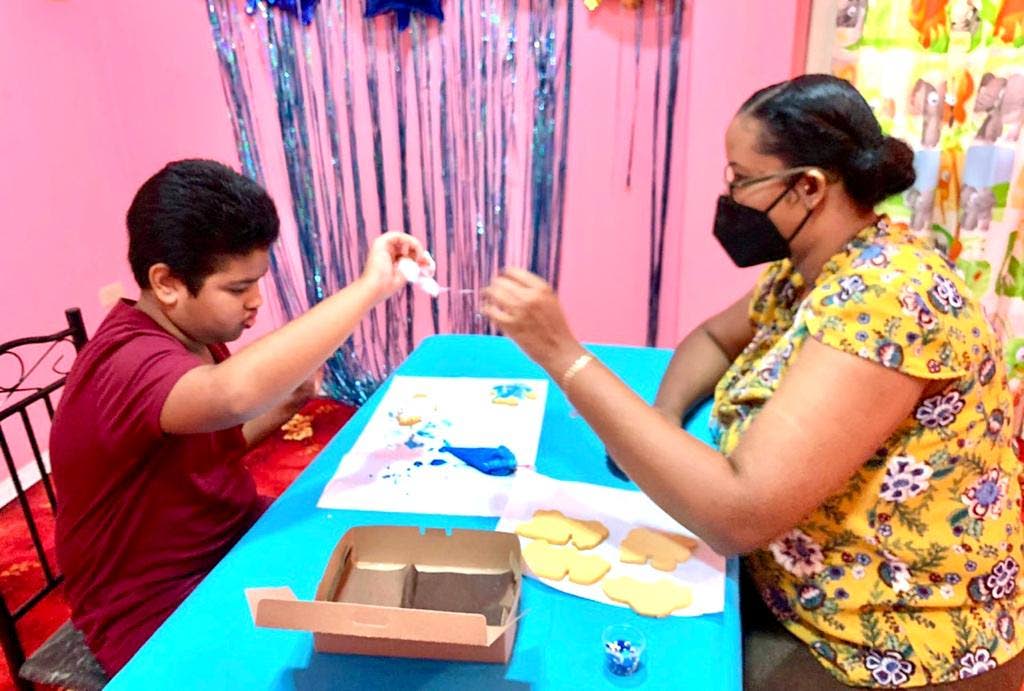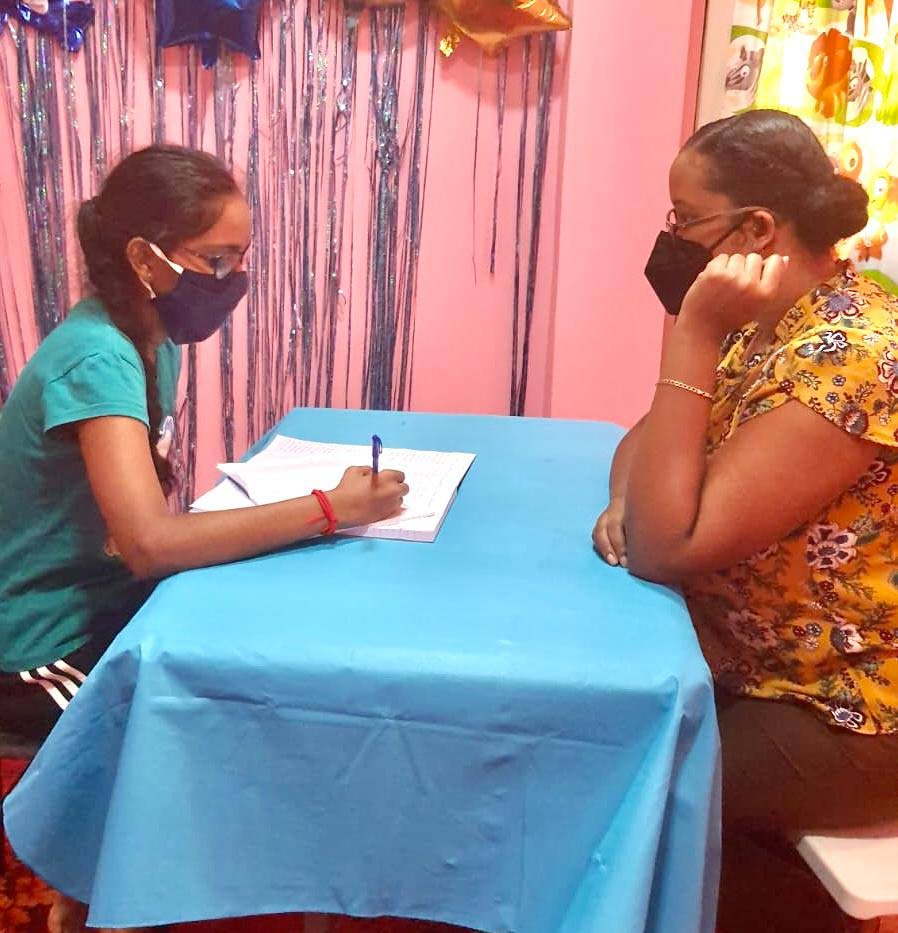Readjusting to physical school

DR RADICA MAHASE
Tomorrow, children will return to physical schools. For many, this comes after two years. For some of the younger ones, it might be the first time they will be stepping into a physical classroom.
The return to school will be an adjustment period for many children as well as parents/caregivers. Two years ago, the dilemma was how to work from home, how to study and learn with a teacher on a screen. Now the dilemma is how to get dress and get to school on time, how to keep safe in an often-crowded space or how to adjust to new expectations.
Caroline Miller at the Child’s Mind Institute, a charity focusing on children’s mental health noted, “From one perspective, it’s just a return to what was normal before the pandemic. But from the point of view of families that have adjusted to remote work and remote or hybrid school, it will be a major break from what’s become normal. It will mean new routines, new expectations, new activities and new stresses.”
While many parents in Trinidad and Tobago will expect their children to “get back into it,” the readjustment process might be difficult for some children. Here are some ways in which parents can help children to readjust.
First, mask wearing is compulsory in schools so help you children get accustomed to wearing a mask. This is especially important for the younger children who were not accustomed to wearing masks for long periods. Help them adjust by letting them keep it on at home for some time, while monitoring them to see that they are breathing properly through the mask. Also, make sure that it fits them comfortably by adjusting the size and straps if necessary – this is especially important for those with smaller faces.
Help your child to get back into a routine that involved getting dress and getting out of the house. It is expected that after being home for so long, the first couple of weeks will be tiring for many of them. Use a visual schedule to help them ease into a new routine – starting with smaller tasks for shorter time periods and then build up to more difficult task that will take more effort and energy. For example, it might be difficult for your child to attend school all day and then come home to long revision sessions or extra classes.
Familiarise yourself with school regulations, especially those regarding covid19 protocols, and make sure your child understands these. Schools might have different plans for social distancing (if that is possible at all), sanitising, etc. Even if it is not stipulated by the school, you should prepare a small care package for your child, with personal hand sanitiser, wipes, etc. For the younger children, run through different scenarios so they will know when to use these. Remember, the re-opening of physical schools does not mean the end of covid19.
Teach your children that it is okay to ask for help while at school. Children who are entering new schools might need help to find their way around the school; they might be unclear about the school’s expectations and so on. Some might even be afraid of certain teachers. Discuss with your child, all the different avenues to get help while they are in school.

Monitor your child’s mental health. Some children might feel anxious for whatever reason – the thought of entering a new school, the fear of being bullied or just getting accustomed to the idea of being back in a classroom with other children. Encourage your children to talk to you if they are feeling anxious, afraid, stressed, or depressed and be willing to listen to how they feel. Too many parents treat their children’s concerns as trivial, or brush it off as a phase. Many parents respond to their children’s concerns with, “Why are you bothering with that?” or “Focus on your studies and forget everything else.” It is important that parents realise that what might be "small thing" for them are actually real concerns and important to the child and they should be addressed.
Accept the fact that not every child might not be happy to go back out to school. If you child is one of those students who preferred the online learning environment or was comfortable learning from home, speak to your child about the changes and discuss ways to readjust. There are children who prefer the quiet space in their homes and others who may get social anxiety. There are also many students who are afraid of being bullied and would prefer to continue online. Thus, going back out to school might not be something they look forward to and might need parental assistance in various ways.
Finally, set realistic goals for your children. There are children who were not able to keep up with academic work because of lack of devices or infrequent connectivity. There are also children who were unable to thrive on the online learning platform for various reasons. Thus, give your children some time to readjust to the physical school environment. Some children with adjust right away, some might need more time and assistance to do so. Allow children to get back into the routine, help them to pace themselves and just continue being there for them.
Dr Radica Mahase is the founder/director of Support Autism T&T


Comments
"Readjusting to physical school"